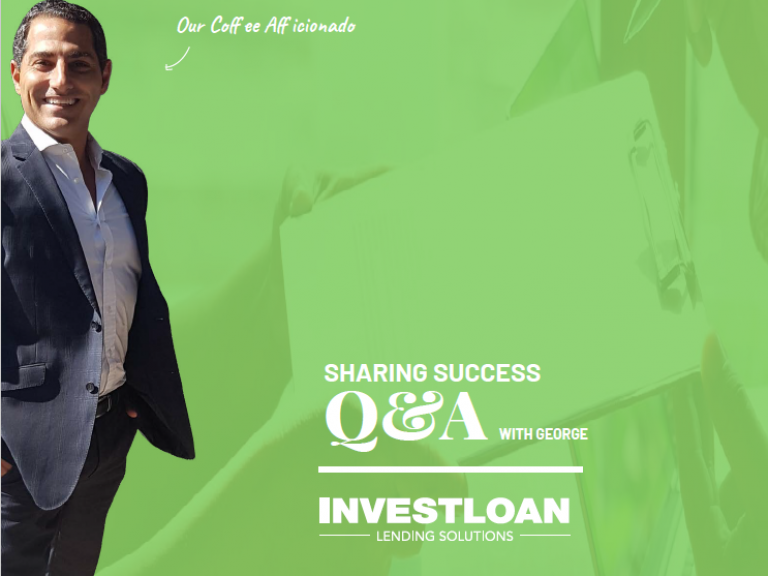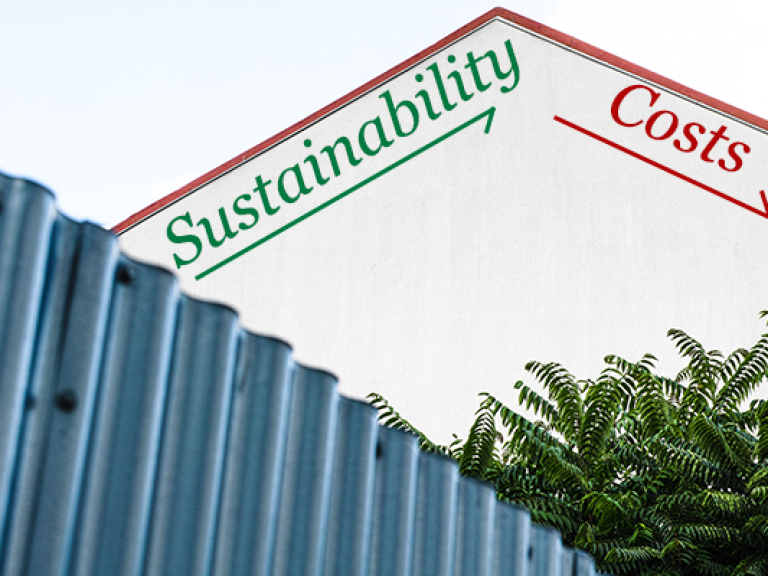
Starting with assets
For me, an asset has to provide three basic things:
• Some income – to offset the costs of acquiring and maintaining the asset (mostly loan repayments).
• Leverage – a solid security value on which I can raise a relatively high proportion of the finance needed to acquire the asset.
• Capital growth – confidence that the value of my equity will rise, enabling me to raise further finance to acquire further assets.
It’s a very simple investment structure. Acquire an asset such as a rental property by borrowing on the security. Offset your borrowings and other costs with the income – in this case, from rent.
Once the property shows capital growth, use the additional leveraging potential to acquire another property and keep repeating the process.
The key is in the duplication. Piggy-backing one asset on another, while anchoring each jumping-off point in solid equity (enabling you to raise the additional finance) and offsetting the costs with income.
The power of Exponential Growth
The power of duplication comes from the principle of exponential growth. If you use the capital growth on one property to buy a second property, you’re getting capital growth on two properties. You can use the capital growth on those two properties to buy two more properties so you get growth on growth on growth.
Many hundreds of Australians are using exactly this investment structure in property under the Custodian WealthBuilders program. If all they do is acquire and rent out 6 medium-priced houses over the next 10–15 years, with house prices continuing to move as they have for the last 100 years at an average of eight per cent capital growth, they will end up with net assets of over $3 million and a positive income of nearly $60,000 per annum!
Passive wealth building
The structure outlined above is what I call passive wealth building. Not that it doesn’t build wealth – it certainly does. But it’s relatively:
• Low maintenance in terms of the involvement, energy and commitment required from you. It takes some homework and discipline like anything else worthwhile. But it essentially relies on time, the power of gearing and the reliable mechanism of exponential growth (from duplication) to build wealth. You don’t have to come up with too many creative ideas or power deals unless you want to.
• Steady in terms of the returns it offers. You can look for returns of 10–20 percent.
Passive wealth building is slow, but sure.
I suggest that, however ambitious you get, you consider some form of passive investment. If nothing else, it provides you with a degree of stability and ‘insurance’ in case your more active, risk-taking portfolio becomes too much for you.
Passive wealth building is a low-maintenance, slowly but surely approach, based on consolidating your equity, duplicating your strategy, adding properties to your portfolio and letting time and exponential growth do their work. But perhaps you’re in a hurry or perhaps you want to be more hands on: to be a ‘player.’
I don’t believe in ‘get rich quick’ schemes. But I do believe in active, accelerated wealth building. Accelerated wealth building requires you to become active in the process of building your wealth. You’ll need to make opportunities, make contacts, make deals: make things happen. You’ll need to become the driver of the wealth building process. What’s the payoff for all this extra effort? Potential returns way above what the passive investor can expect.
A right way and a wrong way
Creative, proactive, opportunistic stuff – right? Right, but not in the way you might think. The right way to accelerate your wealth building is to be a planner, not a punter. This means doing your homework. It means having a clear process – even a checklist – for making disciplined, rational decisions. It involves putting in place a solid structure or system which minimises your risk both going in and getting out.
It’s vital because the wrong way to attempt accelerated wealth building is to be a ‘punter’: someone who wings it without a clear strategy or structure, picking up opportunities here and there and ‘having a go.’ It’s a recipe for disaster.
There’s a saying in our business that ‘there’s no such thing as a bad deal, just bad timing.’
If you haven’t identified your exit strategies before you commit yourself to a deal, bad timing could force you into bankruptcy.
Take another saying: ‘Cash is like oxygen: if you run out of it, you’re dead within two minutes.’ It may be more like two months but two months go very quickly in the property market. You need contingency plans for your cash resources in place, in advance.

Example 1
I once bought a block of land for $1.25 million. I put down a $10,000 deposit and borrowed 100 per cent from the bank – on settlement. When I sold the property six months later, I made a profit of approximately $2.8 million – for a total personal outlay of $10,000.
Was that high risk and high return? There was no risk in that deal for me because I had an exit strategy – a customer for the property – worked out before I committed to the purchase. I had a bank valuation, based on that exit strategy, of nearly double the required amount. And I had options if that strategy didn’t come to fruition: I could have on-sold the property to other interested parties. If I had to invest anything personally in that deal, it was brain space, belief, commitment and energy. If I’d sat back and let it happen, it wouldn’t have happened. That’s what accelerated wealth is all about.
What was the underlying structure of this sweet deal?
• I was able to identify a need and a way of satisfying that need through a particular property.
• I was able to acquire the property under market value on terms and conditions wholly in my favour.
• It gave me the time I needed to improve the value of the property, while arranging 100 percent funding.
• It gave me time to firm up a positive exit strategy.
Does that sound like a contortionist’s act? Getting your hands dirty, putting your best foot forward and covering your butt, all at the same time? Well, that’s what successful property traders do. What successful business people do. The process I’ve outlined could be duplicated in any business context.
Example 2
Another early deal of mine might give you the flavour of the kind of opportunities you can create by thinking outside the square. When I tell these stories at seminars, people often ask: ‘Can you still do that?’, ‘I didn’t know you could do that!’ or ‘Are you allowed to do that?’ The answer is yes – but you never know until you try!
On this occasion, I found myself looking for a home to live in. My landlord had given notice that he wanted to take possession at the end of my lease – in five days’ time. I took the morning off work and drove around the real estate agents, seeing as many agents as possible, telling them what I wanted: a vacant house to buy, no matter what condition it was in (the more renovation needed the better). I kept pushing on doors, until one agent reluctantly showed me a house ‘in embarrassing condition.’
It was a waterfront house with a pool, three bedrooms and a garage converted to a family room. But the pool was green with slime – and so was the house’s interior. The agent told me that the non-resident owner had lost all hope in the property and had instructed him to sell it for $120,000 or best offer. It was costing too much sitting on the market, getting further into disrepair and would cost too much to get up to scratch.
But I saw an opportunity. I offered $92,500 (payable in four months’ time) with a $2,000 deposit – provided I could take possession immediately and begin to clean the place up. We signed contracts on Thursday; I moved commercial cleaners in on Friday; I moved in myself on Saturday. The whole clean-up plus deposit cost me $3,500 – and I had a house rent-free for four months. By the time I had to pay the balance of the purchase price, I had already refitted the kitchen and bathroom and redecorated: the bank valued the house at $125,000 and gladly loaned me $110,000 – which covered everything I had spent on the deal, including stamp duty and legal fees. And I sold the house a year later for $190,000.
I know this was a while ago and property prices have increased but it’s still possible to get favorable deals. The $2000 maybe $10,000 now but I can still buy properties with a $5000 deposit.
>>> Coming Next: Checking the Property Valuation
Please note: This is an extract from the Success From Scratch – it may not contain the exercises from the full version of the book/audio set, for full version please contact us or follow our blog for more.
Thank you,
The team@Custodian








